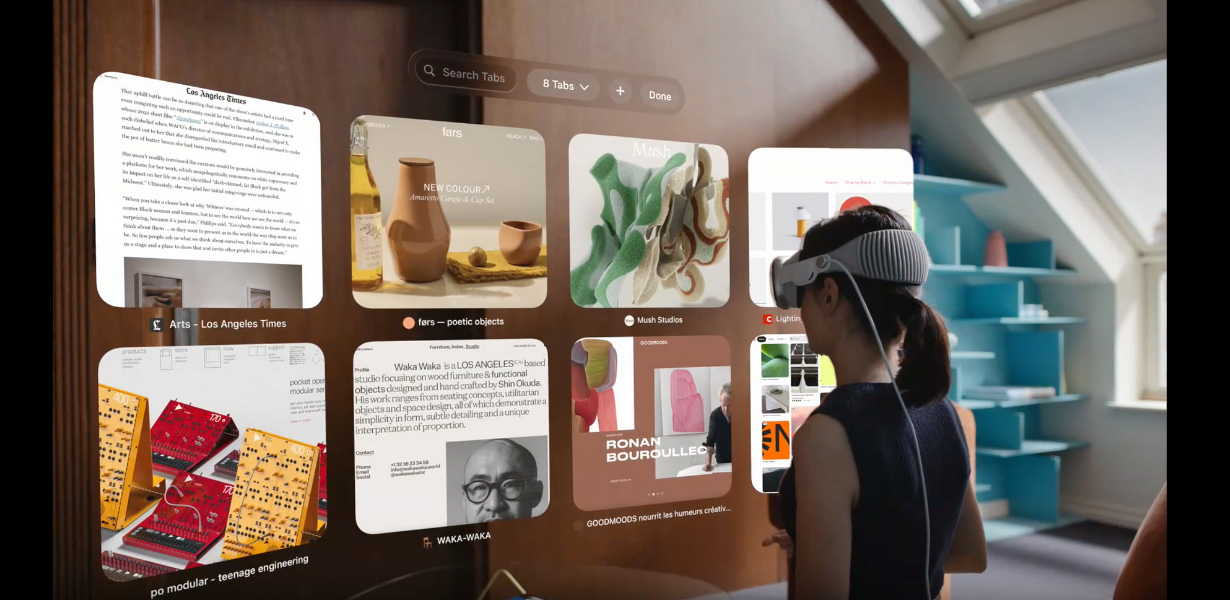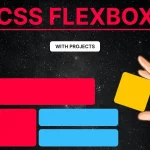
Designing for Tomorrow: How CSS Grid Is Revolutionizing Augmented Reality and Virtual Web Experiences
- Post
- August 5, 2023
- CSS Grid, HTML & CSS, Web Development
- 0 Comments
In the fast-paced world of web design, staying ahead of the curve is paramount. As technology advances, so do the possibilities of creating immersive online experiences. Augmented Reality (AR) and Virtual Reality (VR) have emerged as key players in shaping the future of web interactions. To achieve these innovative experiences, CSS Grid has stepped into the limelight, empowering developers and designers to craft visually stunning and interactive websites. In this comprehensive blog, we delve into the potential of CSS Grid in paving the way for Augmented Reality and Virtual Web Experiences. Let’s embark on this journey into the exciting world of cutting-edge web design.
Understanding CSS Grid System: A Foundation for AR and VR
To comprehend the significance of CSS Grid in the context of AR and VR, we must first grasp the essence of this layout system. CSS Grid is a two-dimensional layout model that enables the creation of complex web designs with ease. Unlike its predecessors, CSS Grid offers unparalleled control over the placement and alignment of elements on a webpage, making it the go-to choice for designing dynamic and responsive interfaces. CSS Grid introduces a grid container and grid items, each with its set of properties. This flexible structure, along with its responsive capabilities, lays a solid foundation for immersive web experiences that adapt seamlessly to various devices and screen sizes.
Embracing the Power of Responsive CSS Grid
With the ever-growing diversity of devices used to access the web, responsiveness has become a crucial aspect of web design. CSS Grid, with its inherent responsiveness, fits perfectly into the paradigm of augmented reality and virtual web experiences. By effortlessly adapting to different viewports, CSS Grid ensures that AR and VR content can be optimally displayed on smartphones, tablets, and even AR/VR headsets. Utilizing media queries and grid-template-areas, developers can craft layouts that dynamically adjust based on the device’s screen size and orientation, offering a consistent user experience across the board. This adaptability opens the door to new possibilities in the realm of AR and VR, where users can seamlessly switch between devices without compromising the quality of their experience.
Creating Immersive AR and VR Content with CSS Grid
As Augmented Reality and Virtual Reality continue to gain traction, websites are no longer static entities but dynamic portals that invite users to explore interactive worlds. CSS Grid plays a pivotal role in enabling this transformation by providing the tools to design visually captivating and immersive content.
Layered UIs for a Sense of Depth
CSS Grid’s ability to create overlapping grid items allows designers to craft layered user interfaces, introducing a sense of depth to the web experience. This technique is particularly valuable in AR and VR, where users expect elements to appear three-dimensional and interact with them seamlessly.
Fluid Animations and Transitions
AR and VR experiences thrive on fluidity and lifelike motion. CSS Grid, combined with CSS animations and transitions, enables the smooth movement of elements, making interactions feel natural and engaging. Whether it’s a virtual tour or an interactive AR game, CSS Grid breathes life into these experiences.
Grid-Aware Typography for Readability
Maintaining legibility is crucial in AR and VR, where users may be navigating complex environments. CSS Grid’s automatic alignment and sizing of grid items facilitate better typography control, ensuring that text remains readable and visually appealing, regardless of the user’s viewpoint.
The Intersection of CSS Grid and Web Accessibility
As we forge ahead into the future of web design, we must not overlook the significance of accessibility. Ensuring that AR and VR experiences are inclusive and available to all users, regardless of their abilities, is of utmost importance. CSS Grid empowers designers to implement accessibility features seamlessly. By leveraging semantic HTML and ARIA roles, developers can ensure that screen readers and assistive technologies navigate the augmented reality and virtual web environments effectively.
Leveraging CSS Grid for Cross-Browser Compatibility
In a diverse web landscape where users rely on various browsers to access content, compatibility is key. CSS Grid boasts widespread browser support, significantly reducing compatibility issues across platforms. This compatibility extends to modern AR and VR devices, ensuring a consistent experience for users regardless of their chosen browser.
Final Words
The integration of CSS Grid into the realm of Augmented Reality and Virtual Web Experiences marks a paradigm shift in web design. This powerful layout system equips designers and developers with the tools to create immersive and interactive content that breaks free from traditional web constraints. As we look toward the future, CSS Grid is undoubtedly the driving force that propels us into a new era of dynamic and captivating web experiences.
Commonly Asked Questions:
Q1: How does CSS Grid enhance AR and VR experiences?
CSS Grid allows designers to create responsive and flexible layouts, ensuring AR and VR content adapts seamlessly to various devices, providing users with an immersive experience.
Q2: Can CSS Grid be used for layered user interfaces in AR and VR?
Yes, CSS Grid’s ability to create overlapping grid items enables designers to craft layered UIs, introducing depth to AR and VR environments.
Q3: How does CSS Grid contribute to web accessibility in AR and VR?
CSS Grid facilitates the implementation of accessibility features, ensuring that AR and VR experiences are inclusive and navigable by assistive technologies.
Q4: Is CSS Grid compatible with different browsers and AR/VR devices?
Absolutely! CSS Grid enjoys widespread browser support, making it compatible across various platforms, including modern AR and VR devices.
Q5: Can CSS Grid be used for fluid animations and transitions in AR and VR?
Indeed! By combining CSS Grid with CSS animations, designers can achieve fluid and lifelike motion, enhancing the overall AR and VR experience.




